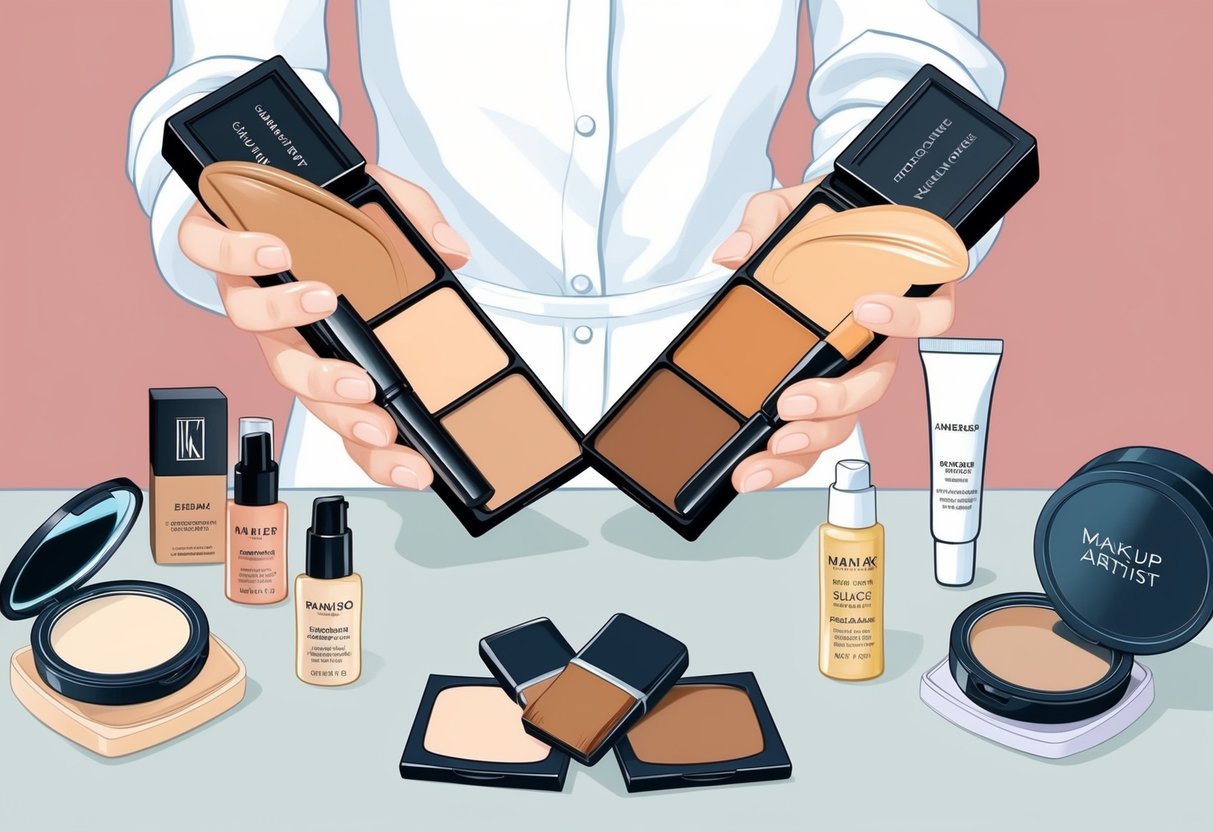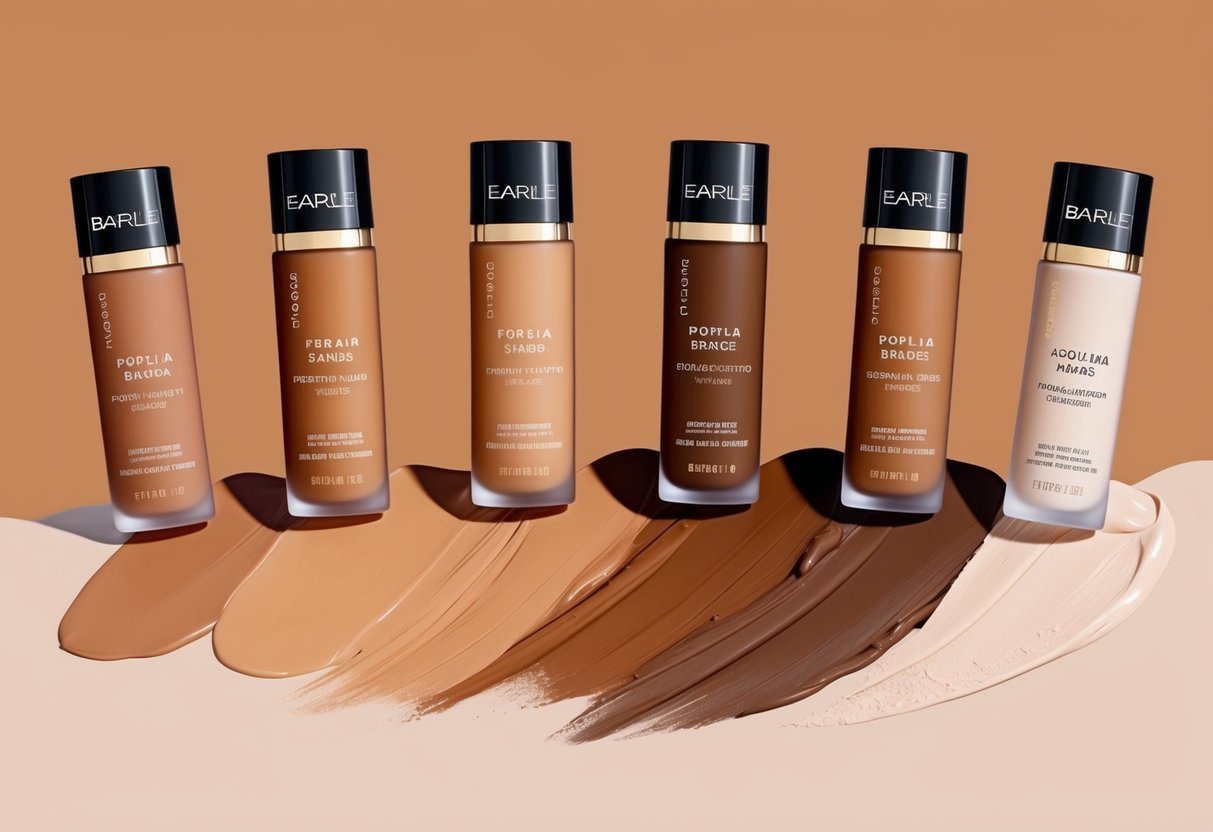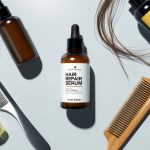How to Choose the Right Foundation Shade for Your Skin Tone: Expert Makeup Tips
Selecting Long-Wear and Matte Finish Foundations
Choosing between long-wear and matte finish foundations depends on daily routines, skin type, and preferred makeup styles. Understanding how these formulas work and their key benefits can help match the right product to personal needs.
When to Choose a Long-Wear Formula
Long-wear foundations are specifically formulated for those who need makeup to stay put through busy schedules, long shifts, or special events. These formulas resist sweat, oil, and humidity, helping prevent fading, creasing, or transferring throughout the day.
People with active lifestyles or those exposed to varied climates can maintain a polished appearance with this type of product. Oily or combination skin types benefit from long-wear foundation because it controls shine and helps reduce the appearance of pores.
For best performance, a proper skincare routine—including cleansers and oil-free moisturizers—prepares the skin for even, lasting coverage. Look for foundation labels marked “long-wear,” “all-day,” or “transfer-resistant,” and consider shades that closely match undertones to avoid noticeable lines or foundation oxidation.
For more tips, review detailed advice on choosing the right foundation based on lifestyle and skin needs.
Finding Your Ideal Matte Finish
Matte finish foundations are designed to create a flat, shine-free effect on the skin, making them popular for reducing oiliness in the T-zone and preventing midday shine. These formulas are ideal for oily, combination, or acne-prone skin.
Matte foundations help blur the look of large pores and provide a smooth base for other makeup products like blush and bronzer. When selecting a matte foundation, check the label for terms like “matte finish” or “oil-free.”
It’s important to match the formula to your skin type; those with dry or sensitive skin should seek versions with hydrating or soothing ingredients to avoid flaking. Applying a hydrating primer before a matte foundation can keep skin balanced, especially in drier weather or air-conditioned environments.
More information on how to find your ideal matte finish based on your skin’s unique characteristics is available for further reading.
Enhancing Foundation Results with Complementary Products

Pairing foundation with targeted makeup products can improve coverage, balance skin tone, and achieve a more polished look. Selected concealers and bronzers address discoloration, highlight features, and create depth for a natural finish.
Using Concealer with Foundation
Concealer plays a distinct role from foundation by camouflaging dark circles, blemishes, and hyperpigmentation. It should be applied after foundation to prevent moving or wiping away underlying coverage.
When choosing a concealer, undertone and shade depth are both essential; a shade slightly lighter than the foundation helps brighten under the eyes, while a closer match covers spots more effectively. Application technique matters for seamless results.
Dab small amounts onto targeted areas and gently blend using a fingertip, sponge, or concealer brush. For under-eye darkness, a peach or orange-toned concealer can neutralize blue or purple hues.
Layering a concealer after foundation keeps the makeup from looking cakey and reduces product buildup. Many experts recommend setting the concealer with a light dusting of translucent powder to prevent creasing throughout the day.
This step helps ensure a long-lasting, crease-resistant finish that maintains the natural look of both concealer and foundation.
Perfecting With Bronzer
Bronzer helps restore warmth and definition to the face after foundation evens out the skin tone. It is best applied to areas where the sun would naturally hit: the temples, hairline, cheekbones, and jawline.
Using a fluffy brush, blend bronzer over these points with sweeping or circular motions for a smooth, seamless transition. Choosing the right bronzer shade—typically one to two shades darker than the natural skin tone—prevents an unnatural or muddy look.
Matte bronzers work well for contouring, while those with a subtle sheen add radiance without emphasizing texture. Layering bronzer softly can enhance facial structure and create a healthy, sun-kissed glow.
Pairing bronzer with foundation amplifies dimension, avoids a flat appearance, and polishes the entire makeup look for everyday wear or special occasions.
Understanding Popular Brands and Shade Ranges

Choosing a foundation from major brands often comes down to the availability of shade ranges and the brand’s reputation for matching diverse undertones and skin colors. Leading beauty brands are recognized for both the quality of their formulas and their approach to inclusivity in foundation shades.
Spotlight on Lancôme Foundation
Lancôme foundation is a top choice for those seeking both luxury and an extensive variety of shades. Lancôme’s Teint Idole Ultra Wear, for instance, boasts a broad spectrum of colors designed to cater to every skin tone—from the fairest to the deepest complexions.
The shade numbering and naming system is detailed, highlighting undertones such as cool, neutral, and warm. Shoppers can expect helpful tools and visual guides both online and in stores, which allow for easier swatching and more accurate foundation matching.
Additionally, Lancôme frequently updates shade availabilities in response to feedback, showing a commitment to inclusivity and consumer needs. Individuals with sensitive skin often appreciate Lancôme’s dermatologically-tested formulas, which prioritize both coverage and comfort throughout the day.
The texture options—matte, dewy, and natural finishes—make it easier to tailor the product to skin type and preference.
Exploring Inclusive Shade Ranges
A key consideration in choosing a foundation is whether brands offer inclusive shade ranges that address the needs of all skin tones. Brands like Fenty Beauty, L’Oréal, and Maybelline have set industry standards by offering 40 or more foundation shades, helping consumers find better matches regardless of their undertone or depth.
Many brands now display clear undertone labels such as C for cool, W for warm, and N for neutral, allowing users to quickly identify colors that may suit them. Some even provide online quizzes or AI-powered shade finders, which guide shoppers in narrowing down the best foundation candidates.
Luxury and drugstore brands alike have realized that shade inclusivity is directly tied to customer satisfaction and loyalty. This approach ensures options for people of all backgrounds, making it easier to achieve a natural, seamless look.
For simple tips on how to swatch and match foundations, testing on the jawline is often recommended for the most accurate results.



